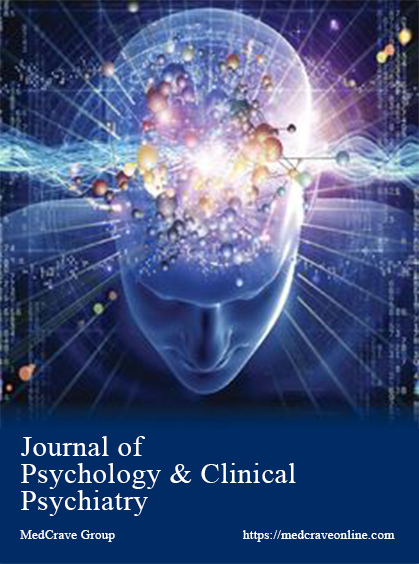The role of emotion, vision and touch in movement learning neuroplasticity and the mirror neuron system
The role of emotion, vision and touch in movement learning neuroplasticity and the mirror neuron system
Author(s): Jeanne MastersonSubject(s): Neuropsychology, Health and medicine and law
Published by: MedCrave Group Kft.
Keywords: neuroplasticity; somatosensory; mirror neuron system; pilates techniques; visual enhancement; electromyogram;
Summary/Abstract: The brains ability to restructure, linked with positive emotional states and techniques to enhance the activation of the mirror neuron system, allows for increased motor learning. This study examines the effects of enhancing goal-oriented movement and examines various techniques used to strengthen neural networks during such movement practices. Goal oriented movement practices are commonly used when engaging in Pilates. Participants will be divided between three groups to help identify potential differences between individuals who receive sensory cueing and those who do not receive sensory cueing. It is hypothesized there will be a difference between participants who receive emotional priming and the visual enhancement of touch versus those who are not primed. Specifically, it is predicted that participants who are primed will demonstrate enhanced skill acquisition of learning during Pilates as opposed to participants assigned to either the regular Pilates condition or the control condition. These types of studies are important in that they can possibly be applied in many motor learning areas, such as physical therapy, sports, general physical activity for health, and possibly even psychological interventions. Results of the current study supported the main hypothesis in that increased physical task skill was obtained in the group receiving positive emotional cueing and visual enhancement of touch. Likewise there was a statically significant increase in physical self-efficacy scores in the group receiving these independent variables over that of the group receiving regular Pilates only. The results of the current study show that a physical task environment such as that in a Pilates class can be improved by adding techniques that enhance sensory input to the regions of the brain that recognize and process motor activity. Also that with an increase in physical skill comes a heightened physical self-efficacy. In theory this was due to an enhancement of receptivity in the regions of the brain responsible for motor leaning which includes the mirror neuron system, as well as the emotional centers of the brain which are responsible for goal motivation and self-efficacy.
Journal: Journal of Psychology & Clinical Psychiatry
- Issue Year: 3/2015
- Issue No: 5
- Page Range: 1-9
- Page Count: 9
- Language: English

